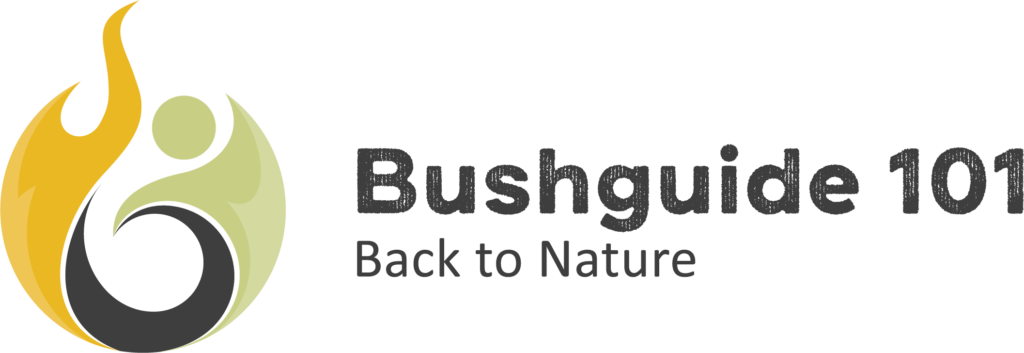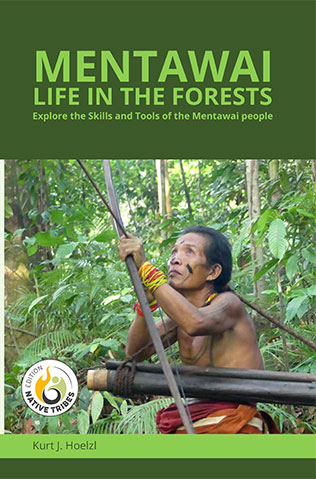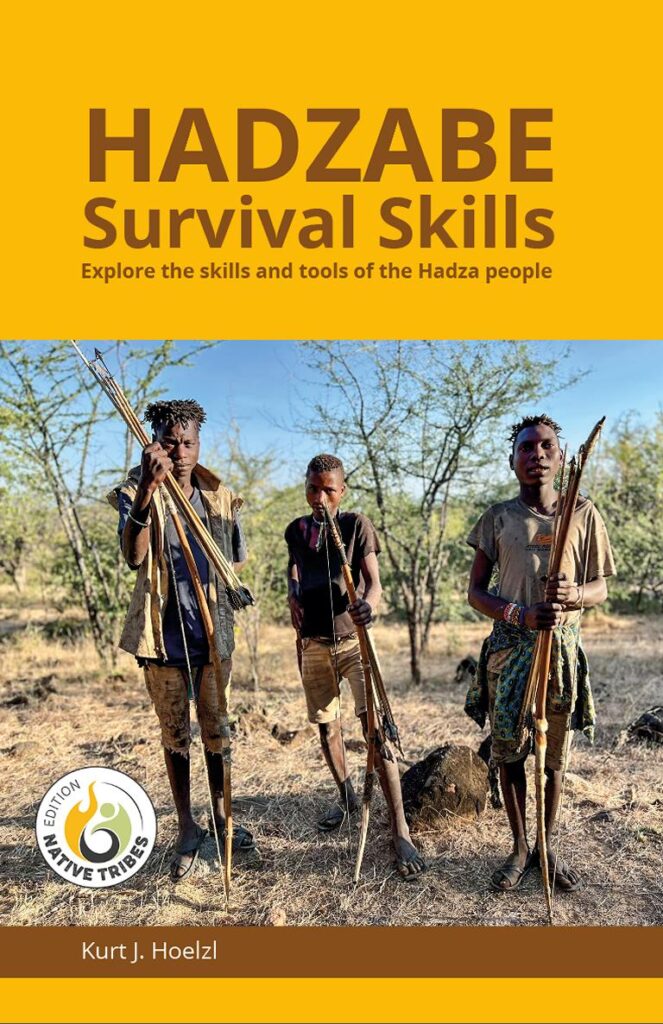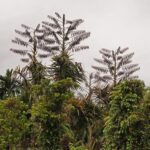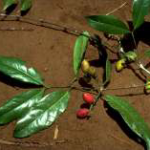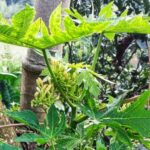Three of the four most essential food plants for Mentawai people on Siberut Island in Indonesia are carbohydrate sources. Notably, sago is a key provider, with an average composition of approximately 94% carbohydrates, about 7% moisture, and negligible other components. Besides sago, taro, and bananas/plantains, other starchy foods are grown, as seen in the following table.
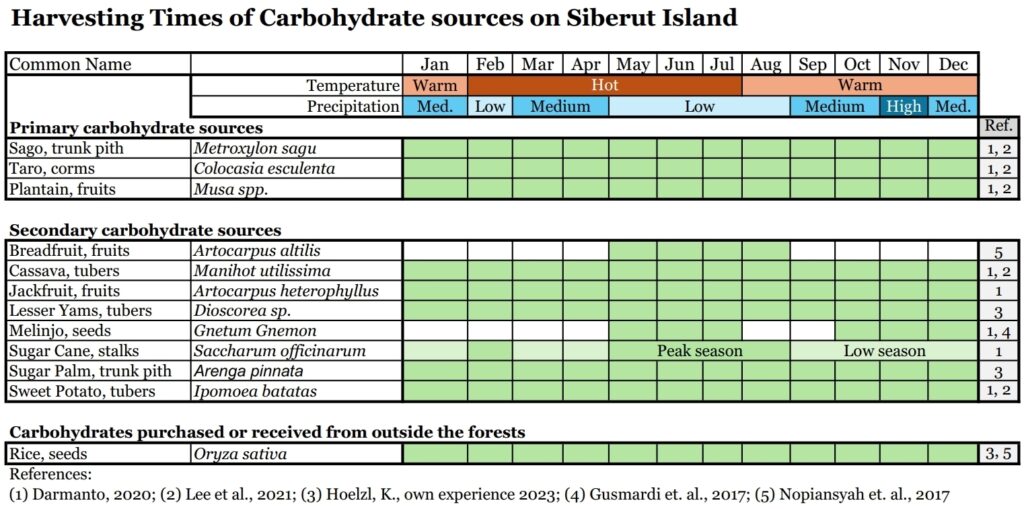
Due to the forest conditions, rice is not traditionally planted in Siberut, but it is sometimes obtained through trade or as gifts from relatives in the villages. According to Pradipta (2019), in the 1980s, governmental reforms were implemented throughout Siberut, aiming to replace sago swamps with rice cultivation programs. The Mentawai people were coerced into replacing sago with modern foods and products. The disadvantages, however, were too significant to make it a success. Nowadays, rice is regarded by them as a food for village people, and it has not been able to replace it as their staple food source. Besides food, the sago palm also delivers thatching, protein in the form of sago worms, and requires little maintenance and protection against pests.
Sago
Sago has already been discussed in detail in previous articles on the website. In this article, we discussed the preparation of sago sticks by the Mentawai people. Here, we discussed sago worms as a potential food source. In that article, we discussed sago, its processing, and related topics in Papua New Guinea. Please check out these articles via the integrated links.
Taro
Also, taro has already been presented on this website. This article discusses the use of taro as a staple food by the Mentawai people. That article introduces Giant taro as an edible food source in Papua New Guinea. Please check the information via these links.
Other carbohydrate food sources
Besides Sago and Taro, the other important carbohydrate food sources are plantains, breadfruits, cassava tubers, jackfruits, melinjo nuts, sugar cane, sugar palm trunks, sweet potatoes, and wild yam tubers. Furthermore, rice is gaining increasing importance due to the governmental campaigns mentioned and supplies from rural villages.
However, according to Darmanto (2023), the rice-growing conditions in forest clearings are poor, requiring excessive labor, cash, and maintenance for cultivation. Rice will therefore not replace sago, taro, and plantains as the staple food in the forests.
Cassava tubers
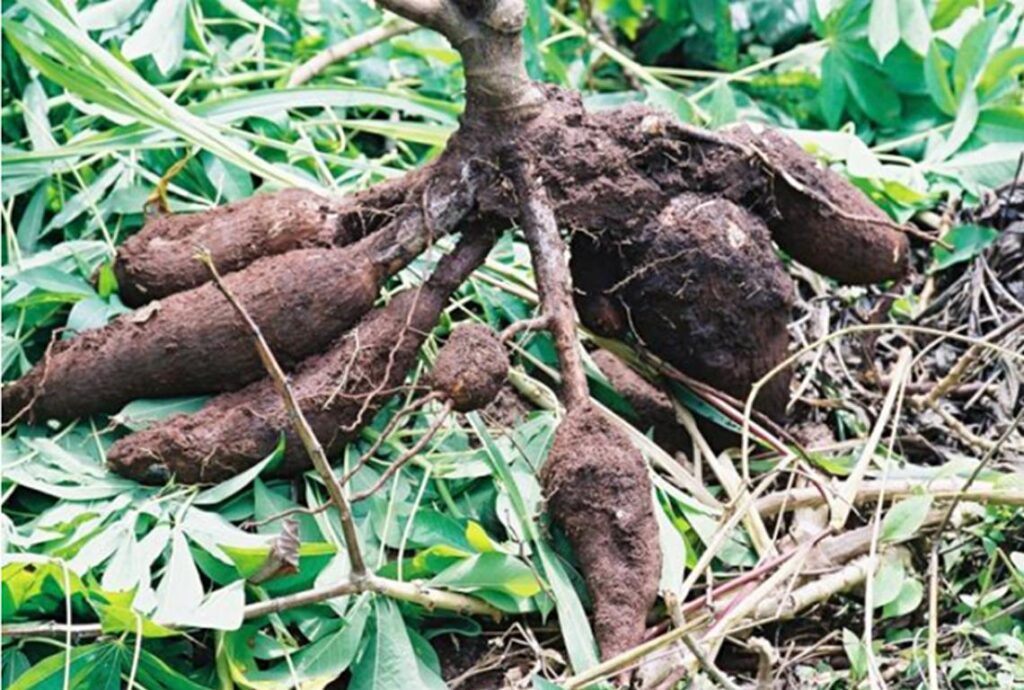
Cassava tubers do not like waterlogged or stony soil. Therefore, planting them in the forest can only be done successfully in a few dry and sandy places. Cassava tubers are thus a cash crop in suitable places around Umas and villages on the island. It’s tubers are high in carbohydrates and vitamin C; however, they contain cyanides, which can be poisonous if not adequately prepared. The more bitter the taste of the tubers is, the higher the poison content.
Plantains
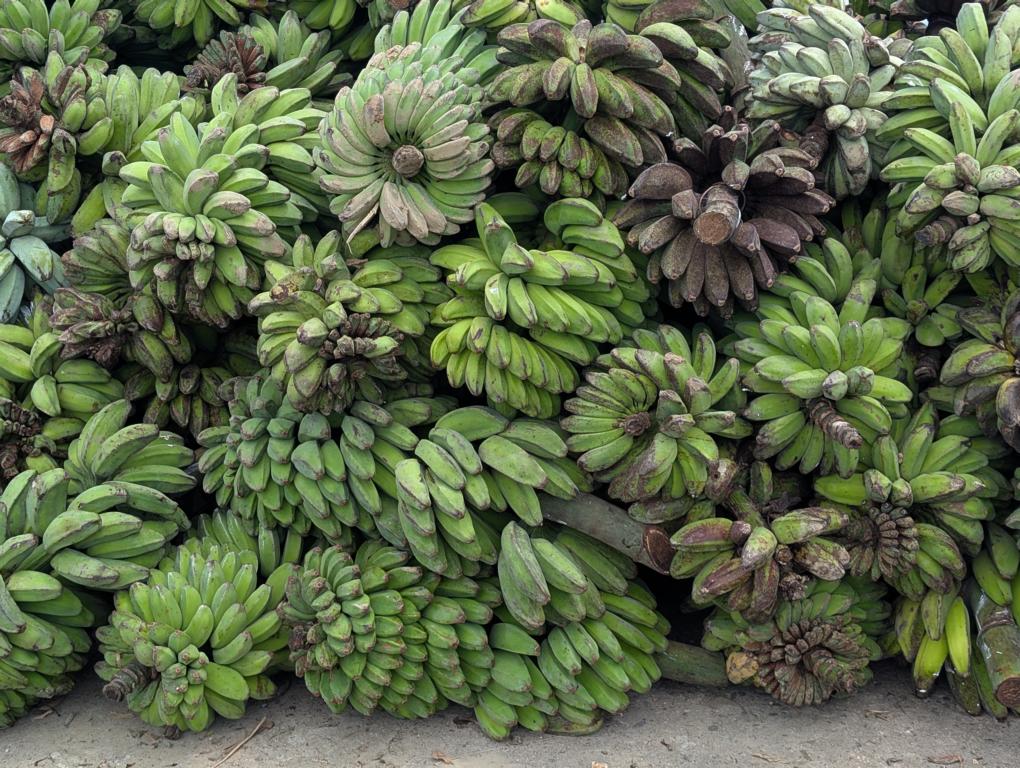
The Mentawai Islands have a rich diversity of banana and plantain varieties. There are 23 varieties of bananas and five varieties of plantains. According to Darmanto (2020), the most popular plantain is called Tairok Simarei-rei. Its fruits are solid, have a pungent smell, and do not rot easily. They are boiled, fried, or mashed for Subbet. Another plantain variety with similar characteristics is called Tairok simabulau. The fruit is more sour, and the color is somewhat paler than the first one. In addition to these two varieties, three more plantain varieties were recently introduced from the mainland, which are primarily grown for export.
Breadfruits
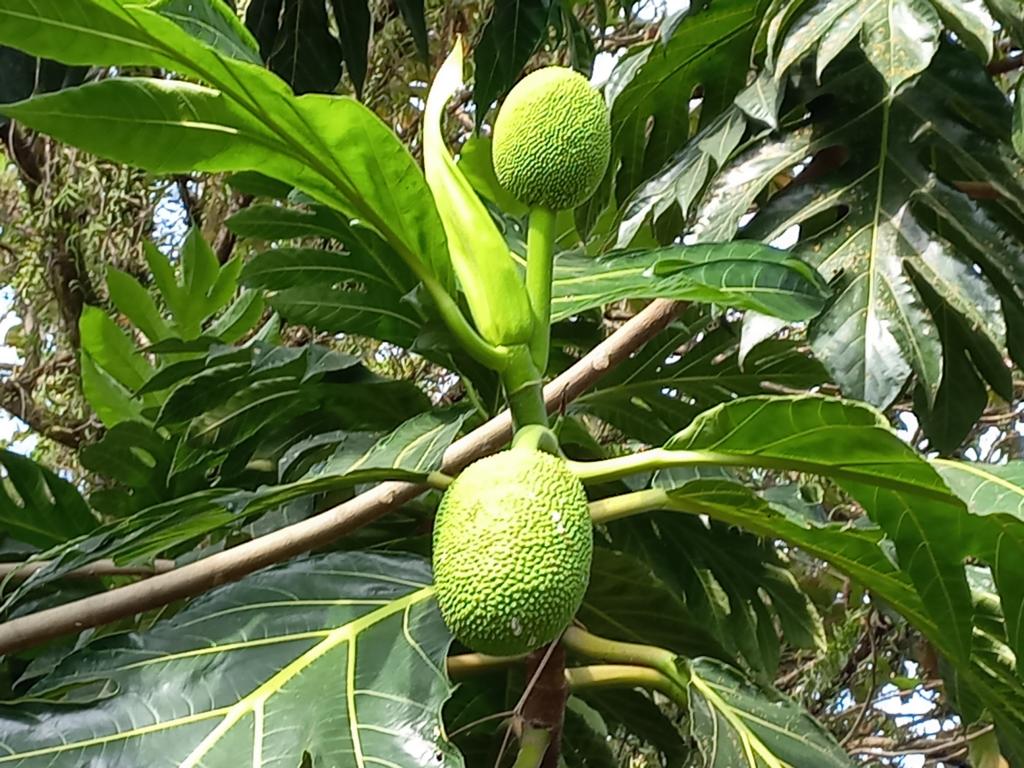
Breadfruit has a distinctive harvesting time each year (see the table at the beginning of this article), and the fruits are difficult to collect due to the height of these trees. The fruits are high in carbohydrates and potassium, with a notable amount of vitamin C.
Sugar Cane stalks
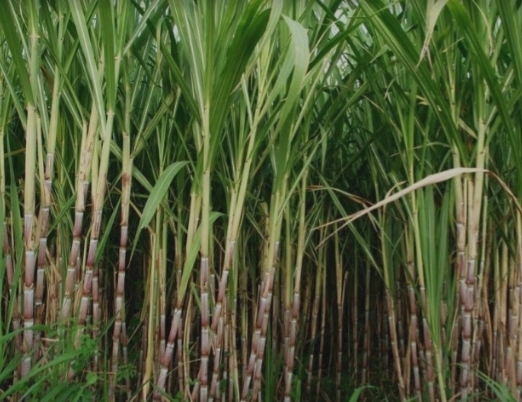
Sugar cane is planted in the forest gardens amongst various other plants. When harvesting, approximately 50 cm of the uppermost portion of the stalk is cut off at a 45-degree angle and replanted. This will ensure the growth of another sugarcane stalk. The sugar cane juice is extracted from the stalk with a vice, very similar to that used for pressing arrow poison.
Jackfruits
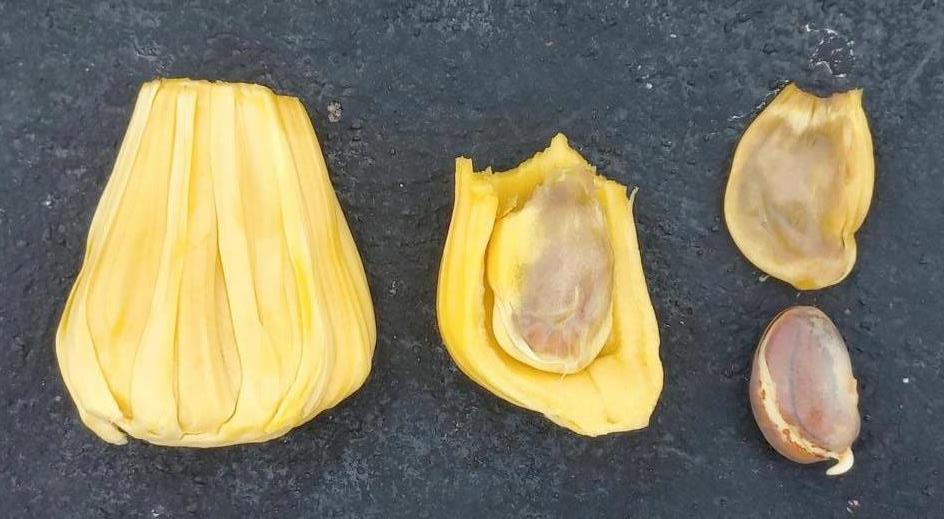
Jackfruit appears very similar to Cempedak fruits, but is not as elongated. The picture above shows one of the many bulbs within the outer rind of the fruit, with its seed inside. Its seeds are rich in starch and are edible, and the surrounding fruit contains a blend of carbohydrates, sugars, vitamin C, and potassium.
Melinjo seeds
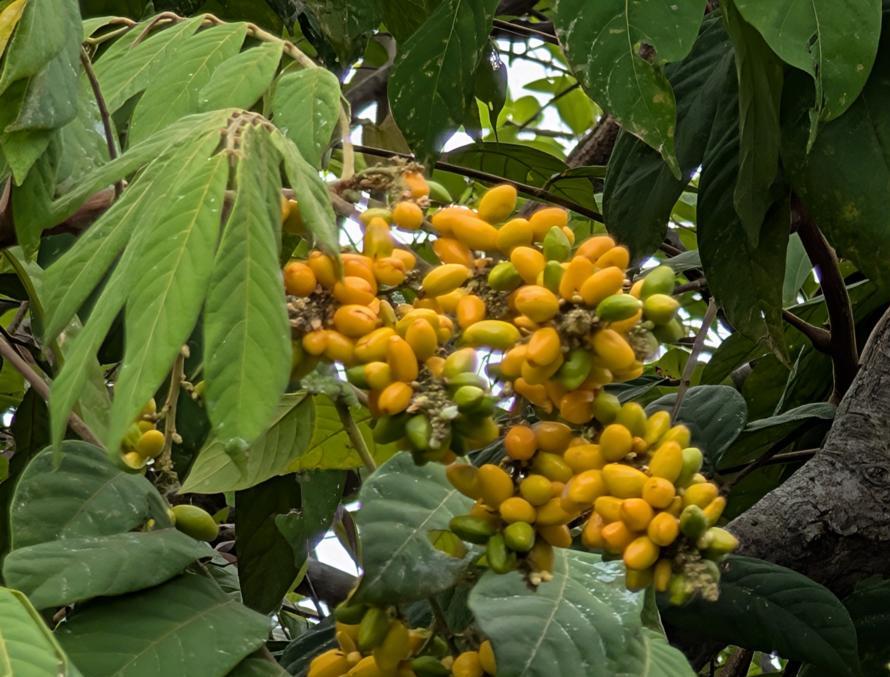
The seeds underneath the peels are 2 – 4 cm long and turn scarlet to red-orange when ripe. They contain lots of starch and are edible raw. Typically, they are boiled and eaten as a snack, much like peanuts. However, they have a slight bitterness. A fine flour can be obtained from grinding the seeds, which will be used to make thin crackers. These are known as ‘Emping‘ in Indonesia. They are fried in coconut oil and eaten with rice.
Sugar palm, trunk pith
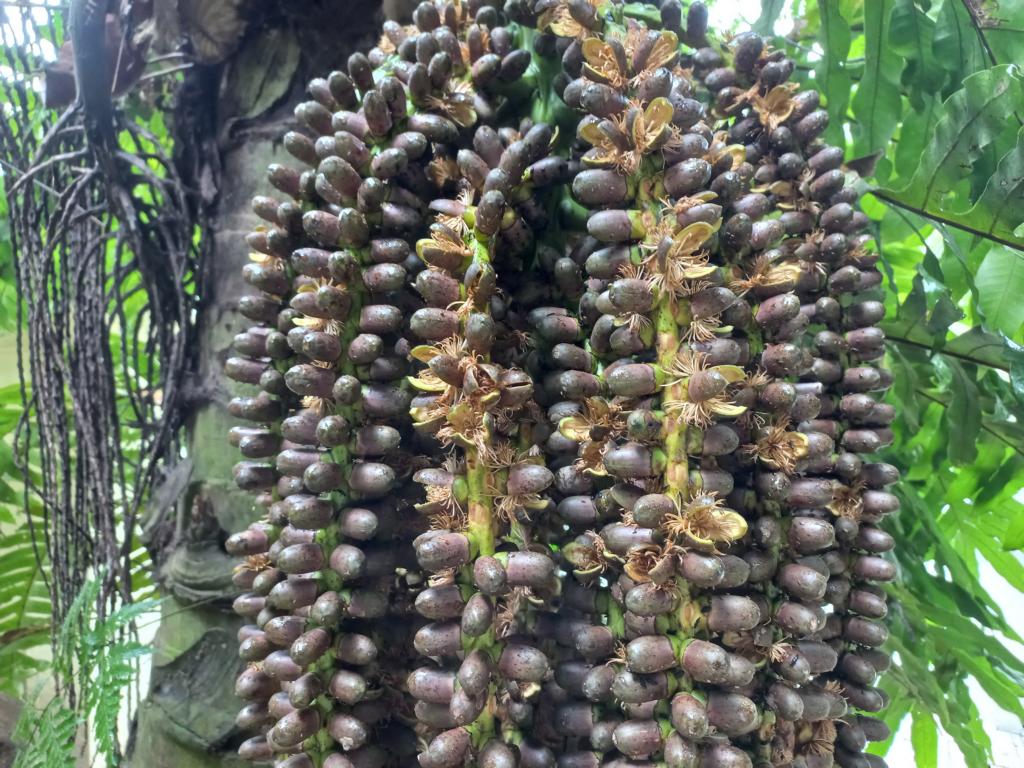
Sugar palms are highly valuable trees. Not only can their sap be extracted from the inflorescence, their fruits be eaten, and the wood be used for bows, but also the starch inside the trunk can be used like sago starch. This, however, is only done when the tree is getting too old for producing sap or fruits, which is the case after an age of about 30 years. Then it will be cut down, and the final product used will be the sago content of its trunk.
Sweet Potato tubers
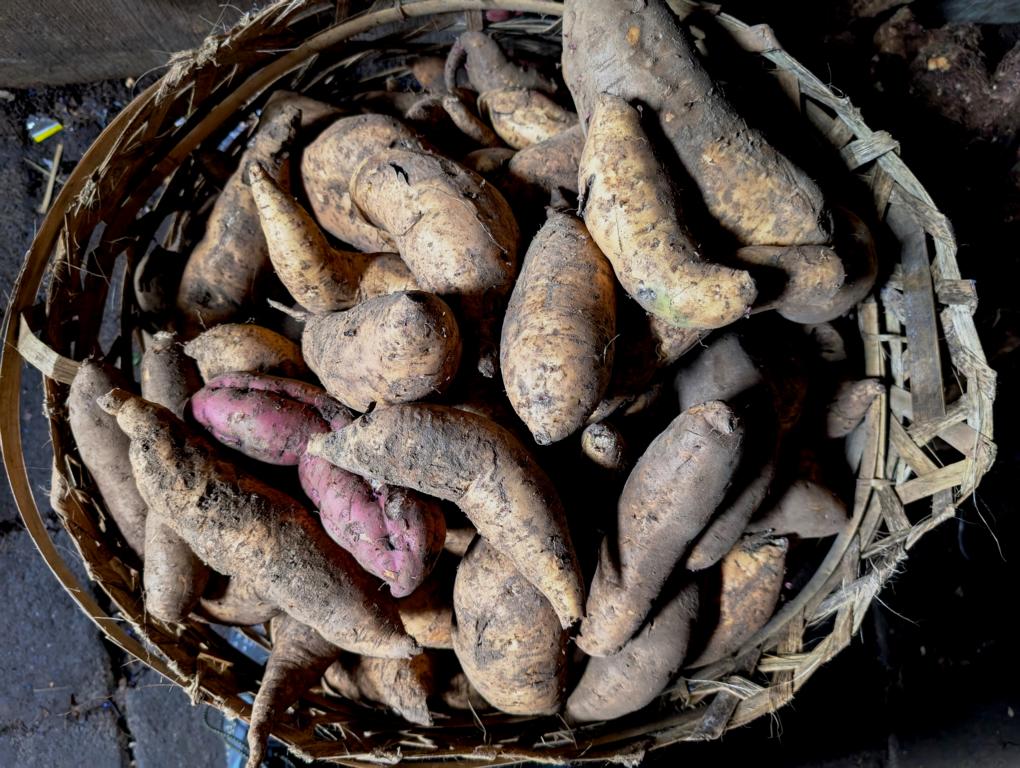
The Mentawai people typically boil sweet potato tubers. These tubers are notable for their high vitamin A and energy content from their carbohydrates. According to French (2024), 100 g of the edible portion of boiled Sweet potato tubers typically contains 363 KJ energy, 1.1 g protein, 1.7 mg vitamin A, 15 mg vitamin C, 0.6 mg iron, and 0.3 mg zinc.
Wild Yam tubers
Wild yam can be found in many places in the forest. Its tubers are often deeply buried in the ground. When harvesting, I saw a person who had to dig a hole alongside the yam stem, which was as deep as from his fingers to his shoulder. The roasted tubers taste delicious. They provide carbohydrates, potassium, and vitamin C, with small amounts of vitamin A.
Rice seeds
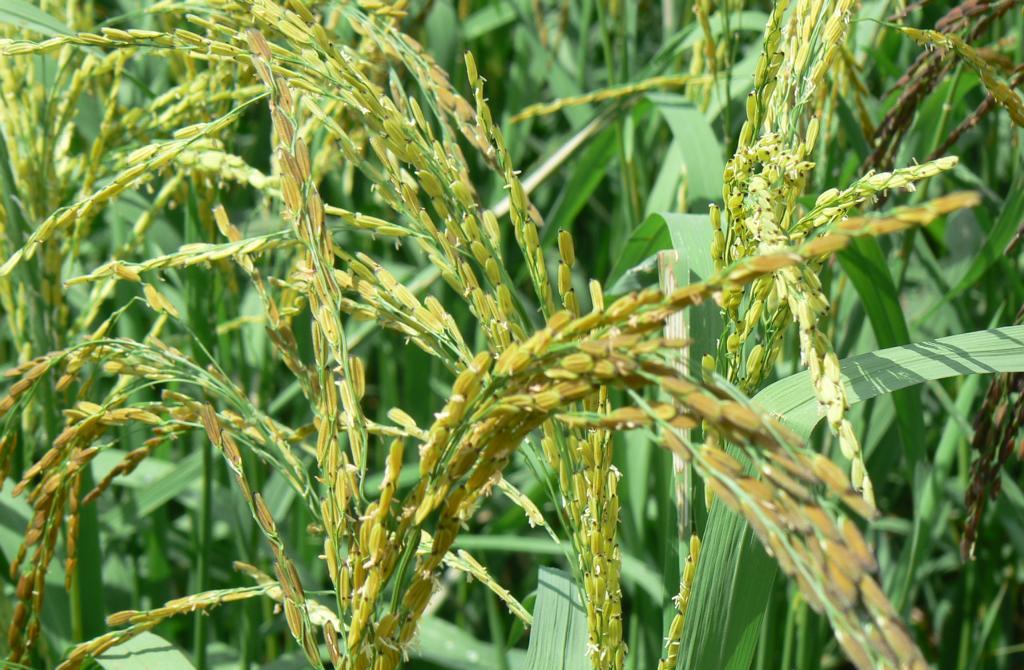
Rice seeds are not a traditional staple food of the Mentawai people. These contain more carbohydrates (28,2%) than sweet potato (20,6%) and yam (27,9%), but fewer vitamins and minerals.
Modern carbohydrate food sources
Other modern staple foods are instant noodles and biscuits, which were introduced by the government and have been readily accepted by the Mentawai people.
Lessons learned about carbohydrate food sources of Mentawai people:
- Sago starch is the most essential carbohydrate food source.
- Taro starch from its corms is the second important one.
- Additionally, there are various other sources available only at specific times or under preferred growing conditions..
- Rice cannot be grown economically in the forests, and is a food item brought from outside.
- Instant noodles and biscuits are gaining popularity even amongst the forest dwellers.
.
